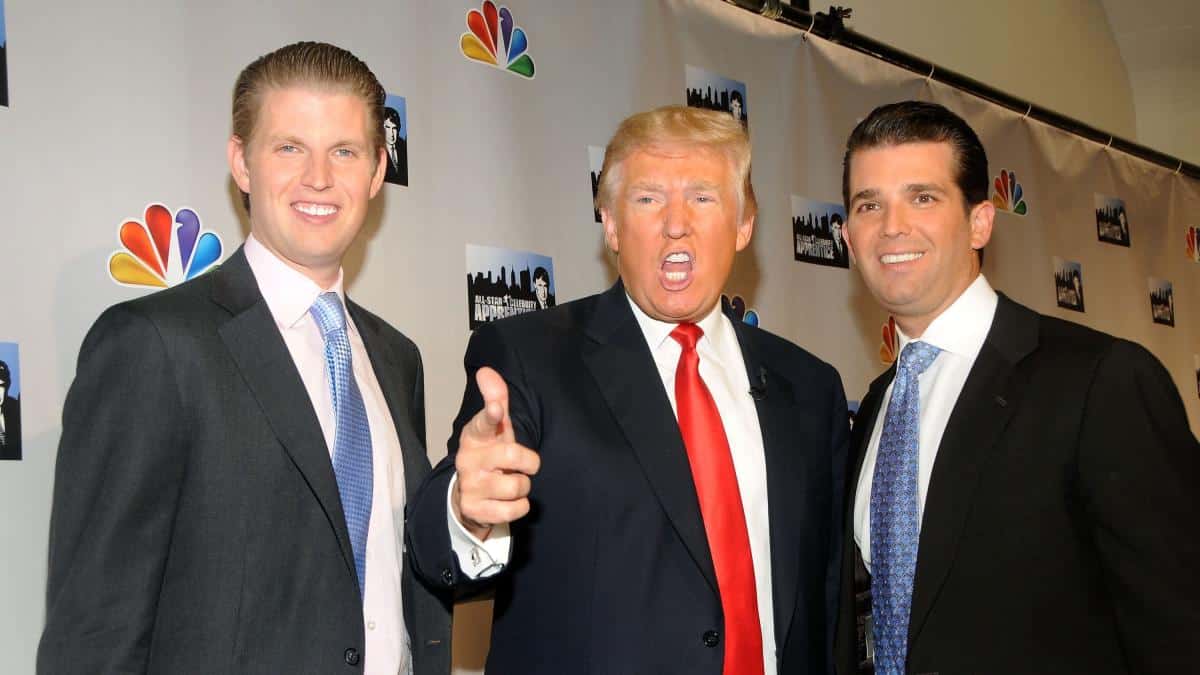In the dynamic world of cryptocurrencies, new platforms constantly vie for visibility and credibility. Among the recent ventures attracting significant attention is World Liberty Financial, a crypto lending platform poised to make waves with its draft white paper and its backing by noteworthy figures. The platform’s approach to token distribution, however, has raised eyebrows across the crypto community and beyond.
Controversial token Distribution Raises Questions
The draft white paper of World Liberty Financial has brought its token distribution plan into the spotlight. A striking 70% of its governance crypto token, WLFI, is earmarked for the platform’s founders, team members, and service providers. This allocation far surpasses the norms observed in similar blockchain ventures, sparking a debate over the commitment to decentralization that lies at the core of blockchain technology.
For context, ethereum, one of the pioneering platforms in the space, allocated a mere 16.6% of its ether to initial supporters. Similarly, Cardano reserved only 20% of ADA for its founding team, and bitcoin’s creator, Satoshi Nakamoto, controls just over 5% of bitcoin’s total supply. This stark contrast underscores the unusual nature of World Liberty Financial’s proposed plan.
Impact on Decentralization and Credibility
The decision to allocate a majority of WLFI tokens to insiders has led to scrutiny about whether World Liberty Financial can truly uphold the principles of decentralization. This principle is crucial in ensuring fair and democratic governance within blockchain projects. The remaining 30% of WLFI tokens earmarked for public sale, with portions of the proceeds potentially benefiting insiders, further diverges from established practices aimed at reinvesting in project growth.
Despite these concerns, the project is yet to finalize its token distribution strategy. Official channels, including social media, have been mentioned as avenues for disseminating the approved plan once ready. This openness to adjustment reflects an awareness of the community’s concerns and the importance of transparency in overcoming skepticism.
The Role of High-Profile Backers
World Liberty Financial’s connections to public figures have added layers of complexity to its launch. The platform’s ambition to position the U.S. as a global cryptocurrency leader is notable, but it has not been immune to criticisms and legal predicaments. Insights from industry figures suggest that the intersection of cryptocurrency and political personas could magnify risks and challenges, affecting both the project’s and its backers’ reputations.
In response to concerns, World Liberty Financial has attempted to clarify its position regarding political affiliations, noting that while the platform may count certain figures among its token holders, its management and operational decisions remain independent. This distinction is critical for building trust within a community that values transparency and autonomy.
Addressing Challenges and Moving Forward
The journey of World Liberty Financial highlights the intricate balance new platforms must navigate between innovation, regulatory compliance, and ethical considerations. Its proposed governance token distribution has prompted essential discourse on best practices and the values guiding the crypto sector. As it moves forward, the platform’s ability to refine its approach, clarify its stance, and engage constructively with both supporters and critics will be pivotal in determining its place in the cryptocurrency landscape.
In summation, the conversation surrounding World Liberty Financial encapsulates broader themes of governance, transparency, and the evolving relationship between blockchain projects and society. Its progress offers valuable insights into the challenges and opportunities inherent in introducing new technologies into complex, interconnected spheres.
